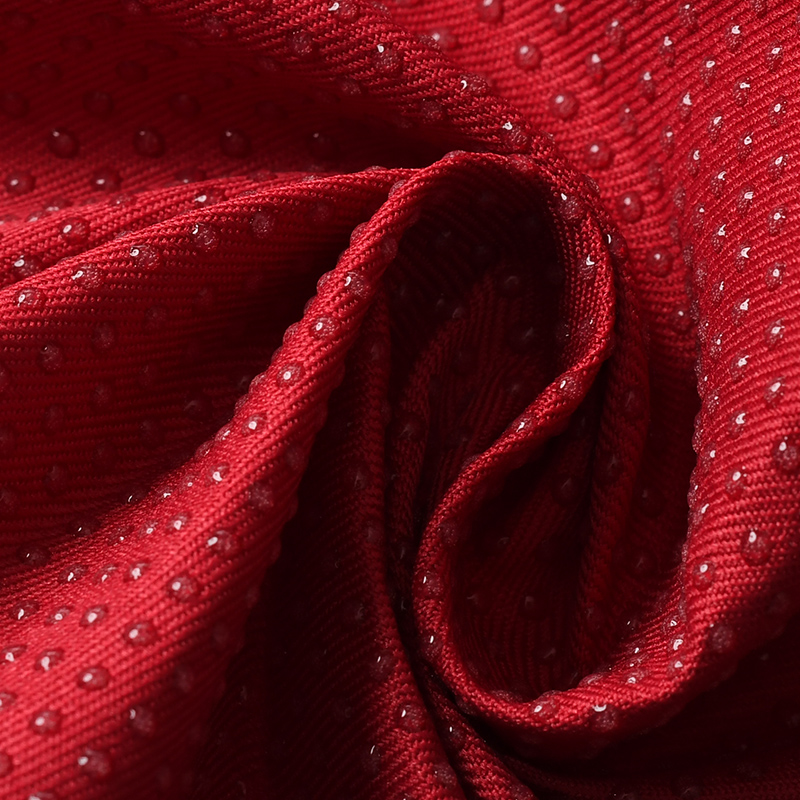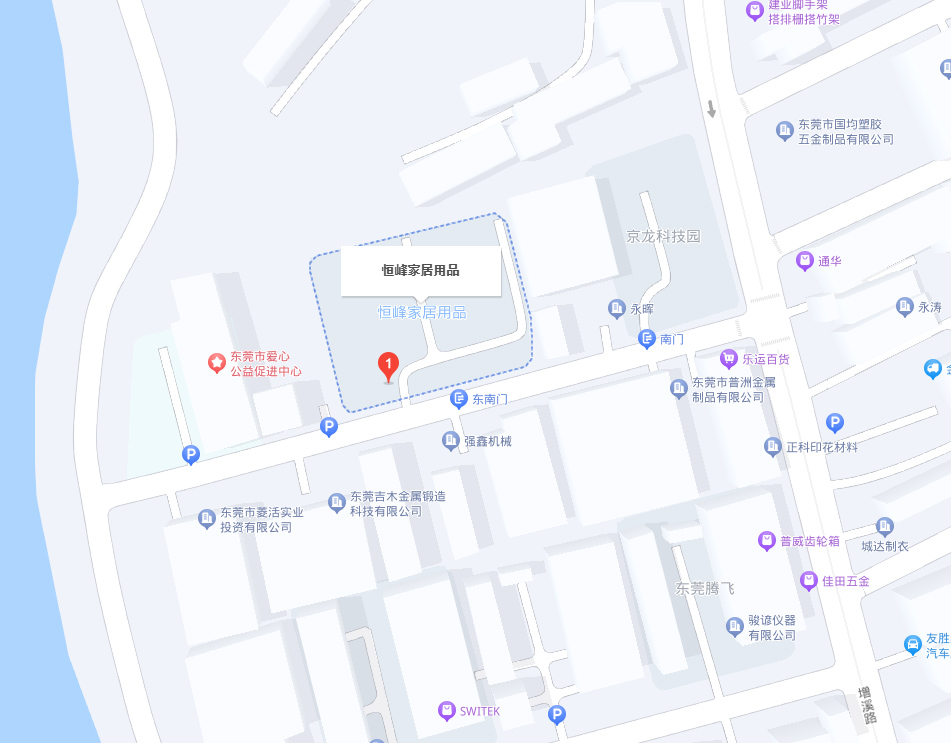The performance of anti-skid fabric in high temperature environments is closely related to its material composition,coating treatment method,and actual usage temperature.Under certain specific conditions,anti slip fabrics may experience performance degradation or even structural damage,and corresponding choices need to be made based on the application environment.
The common anti-skid fabrics on the market are mainly made of materials such as polyester fiber,nylon,PVC,TPU,etc.These materials have good physical stability and slip resistance at room temperature,but their chemical stability and mechanical properties may change under high temperature conditions.For example,the melting point of polyester fibers is usually above 250℃,but their thermal deformation temperature is much lower than this value,and softening signs may appear around 100℃.Under sustained high temperatures,fabric fibers may become loose,affecting overall tension and reducing their adhesion to the ground.
The coating process has a more significant impact on the stability of anti-skid fabrics at high temperatures.Taking the common PVC point plastic anti-skid cloth as an example,PVC material is prone to adhesion,flow,or detachment when exposed to heat.If the floor mat is exposed to the scorching sun for a long time or placed on a nearby heat source such as a heating pipe or underfloor heating system,the PVC coating may soften locally,causing the particle shape to change,resulting in the anti slip particles being unable to maintain their original shape,thereby affecting their friction effect.

TPU coating has better heat resistance compared to PVC,and its thermal stability can generally reach around 120℃.It also shows more flexibility during thermal expansion and contraction,and is less prone to cracking.But TPU has a higher cost and is generally used in high-performance anti slip fabric products,such as sports equipment or industrial fabrics.Nevertheless,TPU anti slip fabric still suffers from accelerated aging and loss of surface stickiness if ventilation is poor in high-temperature exposure environments.
In practical use,whether the anti slip cloth will fail depends on the temperature change cycle it is in.If it is only a short-term high temperature exposure,such as temporary drying or exposure to sunlight for a few hours,the material can mostly maintain its basic function.But if it is exposed to high temperatures or hot and humid environments for a long time,such as in car exposure,long-term use of underfloor heating,etc.,the structural integrity and adhesion performance of the anti-skid cloth surface may gradually decrease,and even affect the overall flatness of the floor mat.
Some users may also attempt to handle the anti-skid cloth material floor mat through heating,cleaning,drying,and other methods during use.If these operations are not properly controlled,they may also cause deformation or detachment of the coating.For such situations,it is advisable to avoid using high-temperature equipment that exceeds the material's temperature resistance range to prevent a decrease in the functionality of the fabric.
Different types of anti-skid fabrics have different high-temperature bearing capacities.If the usage environment involves long-term exposure to heat sources or areas with high temperatures,material combinations with heat-resistant properties should be prioritized,and attention should be paid to the temperature parameters provided by the manufacturer to avoid functional degradation or hidden dangers caused by temperature rise.
If you are looking for related products or have any other questions, you can call our company's sales hotline at 0769-86415161 or 138-2923-0758 at any time. You can also leave us a message below and we will serve you enthusiastically!

